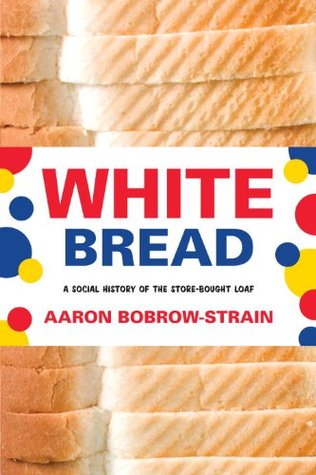Preference and convenience must be understood in relation to a whole series of deeply inculcated desires, responsibilities, and aspirations. Centuries of European tradition had linked bread choices with class and status, but the movement for hygienic eating added a whole new level of consequence: individual decisions about bread didn’t just mark class differences, they placed eaters’ behavior in relation to the larger health of the nation and proclaimed, for all to see, whether one was fit and responsible—or in need of help.
Welcome back. Just a moment while we sign you in to your Goodreads account.


